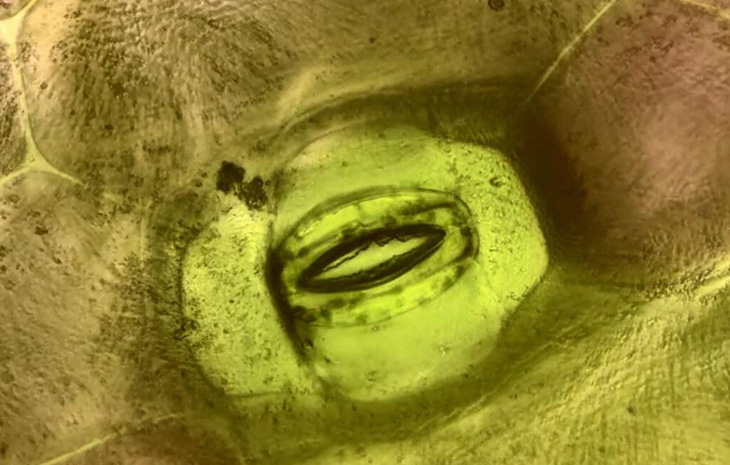
We’ve been taught in school that plants are considered living things. In fact, some people love the plants in the garden so much and can vouch for the fact that they thrive from the conversations they get from their owners.
For us, living creatures require breathing. That’s why for many, plants are simply there for the beauty, but they don’t see that these living things actually breathe. That is, until a video that was recently released showed that they do.
If you took a look at the scenes caught, you’d feel like you were watching a mix of sci-fi and horror. The eerie and strange research that was made was able to prove that plants can actually breathe when seen up close.
A new study made shows how biologists are now privy to the intricate process of a plant’s life and the big implications that go with it. This might hold the key to feeding the world way into the future.
Researchers from UC San Diego, Estonia, and Finland, funded by the U.S. National Science Foundation (NSF), observed the plants and found what was what they thought the elusive molecular pathway that plants utilized when breathing carbon dioxide.
Plants are able to sense carbon dioxide present in the air and when they do, they signal their mouths, or what is better known as the stomata, to open and close as a response to the changing carbon dioxide levels in the air. This might just enable scientists to produce crops that are healthy and good enough to make a big impact on the environment.
“The researchers hope that harnessing this mechanism could lead to future engineering of plant water use efficiency and carbon intake, critical as atmospheric carbon dioxide concentration continues to increase,” said Jared Dashoff. He is the spokesperson from National Science Foundation.
“In fact, the researchers have filed a patent and are examining ways to translate their findings into tools for crop breeders and farmers,” he added.
The process, described in research published in Science Advances, became even better and clearer when the plant was placed under a microscope. On the underside of the leaves and on some parts of the plant, depending on which kind it is, there are tiny openings found, which is the stomata. This is where thousands of them are found on each leaf. There will be differences with the many species found.
Like small openings or doorways to anything, pairs of cells on the sides of the stomatal pore, also called guard cells, open their central pore as they inhale the carbon dioxide found in the air.
“However, when stomata are open, the inside of the plant is exposed to the elements and water from the plant is lost into the surrounding air, which can dry out the plant,” Dashoff shared. “Plants, therefore, must balance the intake of carbon dioxide with water vapour loss by controlling how long the stomata remain open.”
If plants, especially crops such as wheat, rice and corn, can’t find the perfect balance, they put themselves at risk of drying out. The farmers then may lose valuable output, which in turn, could result to worldwide hunger.
As the world starts to deal with climate changes, both atmospheric carbon dioxide concentration and temperature may go up and this will have an impact on the balance between carbon dioxide entry and water vapor loss through the stomata.
“Scientists have long understood stomata and the balance between carbon dioxide intake and water loss. What they haven’t known, until now, is how plants sense carbon dioxide to signal stomata to open and close in response to changing carbon dioxide levels,” said Dashoff.
“Knowing this will now enable researchers to edit those signals—so plants can strike the right balance between taking in carbon dioxide versus losing water—and allow scientists and plant breeders to produce crops robust enough for the environment of the future.”
It is with hope that they scientists discover more so and understand about the process deeper so that they are better equipped with knowledge as more changes happen to the atmosphere and to the world in the decades to come.
What are your thoughts? Please comment below and share this news!
True Activist / Report a typo


